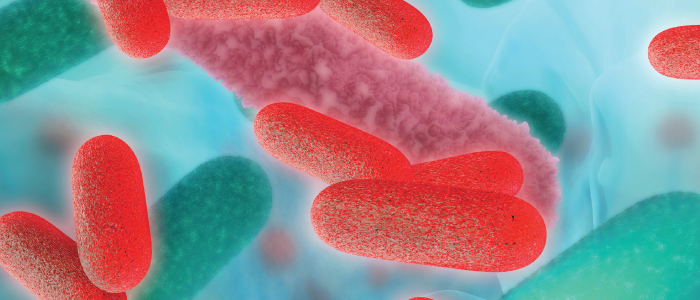Above: P&G researchers are investigating microbes to develop a more comprehensive understanding of how the company’s products affect their consumers and the microbial communities that surround them.
The Procter & Gamble Company, also known as P&G, is an Ohio-based multinational consumer goods company with manufacturing operations in approximately 70 countries worldwide. P&G markets a wide range of products, including cleaning agents and personal care products. With more than $80 billion in annual sales, P&G credits much of its success to its proven track record of innovation leadership, which includes consumer research, basic research, formulation science and an open innovation approach to collaboration.
“All the reasons that advanced modeling and simulation are used in the fields of aircraft, military, defense, electronics, automotive – all high-tech industries – are the same reasons we use it in our company ... to virtually test products and systems,” asserted Tom Lange, director of modeling and simulation corporate R&D. “We use this rocket-science supercomputing for everyday products: to see whether formulations separate, that diapers fit on babies, how shampoos dispense, whether a razor breaks when you drop it, how tanks of toothpaste mix, how machines run and how they’re scheduled.”
As part of its basic research initiative, P&G scientists and engineers have pursued the identification and sequencing of genes, enzyme expression, molecular modeling simulation and use of X-ray crystallography to identify enzyme structure.
As an example, P&G researchers are actively applying various systems biology approaches to develop a more comprehensive understanding of how the company’s products affect our consumers and the microbial communities that surround them. New sequencing technology has allowed the interrogation of various aspects of biological systems of interest, ranging from sequencing microbial genomes and analyzing microbial communities to generating transcriptome profiles. These trials produce data on the order of hundreds of megabytes to terabytes in size.
In collaboration with OSC, the P&G bioinformatics team has been able to process a high volume of sequencing data with the ability to customize software and to transfer data in and out of the cluster. Working together, P&G and OSC have effectively overcome the computational challenges to process and gain insight from these big biological data.
Additionally, P&G partnered with OSC and others in 2013 to form AweSim, a $6.4 million public/private initiative designed to promote the benefits of modeling and simulation to small and mid-sized manufacturers. The initiative was funded by the Ohio Third Frontier economic development initiative and program partners P&G, Intel, AltaSim Technologies, TotalSim USA, Kinetic Vision, Nimbis Services and OSC.
Project Lead: Tom Lange, Procter & Gamble
Research Title: M&S assistance for one of Ohio’s largest manufacturers
Funding Source: Procter & Gamble
Website: http://www.pgscience.com/

